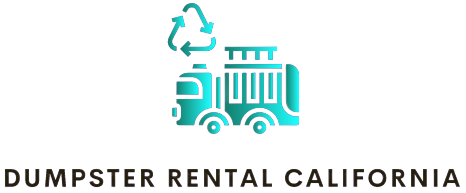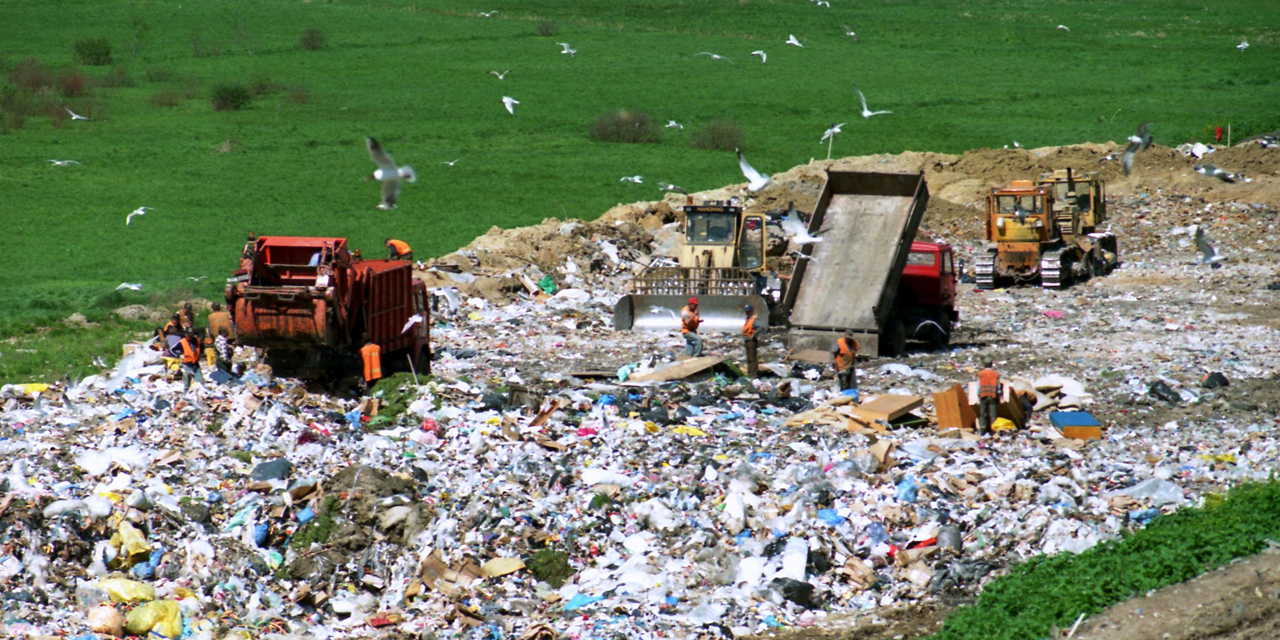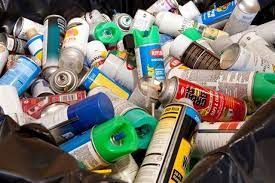The huge BKK Corporation Landfill in West Covina shut down 23 years ago. It had a history of chemical accidents on the roads leading to the dump, methane and vinyl chloride leaks, homes being evacuated, and long court cases. There’s no way to get rid of the garbage dump. Its contents, which include 20 million tones of trash that is rotting and 3.4 million tones of toxic waste, will stay there for decades.
Even though the BKK Landfill is up to 595 feet deep and towers over Azusa Avenue, West Covina’s busiest street, most people who drive by have forgotten how it got its bad reputation and what’s buried there. Today, a hotel developer is interested in the area because it has about 600 acres of open space and great views. The developer doesn’t seem to know that there are problems with the location and that parts of it have already been taken over by nature.
The people of West Covina have stepped up and done something. Since November 2018, people from West Covina, the West Covina Improvement Association, and Livable West Covina have given presentations all over the city. The presentation, which was made by a local resident, gives a full picture of what’s buried at BKK, where wildlife and habitat are doing well, how the government is making sure the community is safe, and what it all means as the city council decides what to do with BKK’s future.
The BKK Landfill talks are open to anyone who wants to listen. The next one will be held at the Bainbridge Club on Thursday, February 7, 2019, from 2:30 to 4:00 p.m. (1006 W. Bainbridge Ave, West Covina, 91790). (1006 W. Bainbridge Ave., West Covina, CA 91790). (1006 W. Bainbridge Ave., West Covina, CA 91790).
Because of the presentations, locals came to the BKK Community Workshops, which the city just set up, with a lot of useful information. In the end, the city and the possible developer hit “reset” and said that the old plans for BKK were scrapped and that “all options are now on the table.”
Even though the city of West Covina has a lot of money problems, the people who live there have learned from history: “We ended up with this big dump 50 years ago because money was the most important thing to our city. We won’t let this mistake happen again. Angie Gillingham, who has lived in West Covina for a long time and is Vice President of the West Covina Improvement Association, said, “Our top priorities are protecting public health and improving the quality of life. Bringing in money for the city is a distant third priority.”
In line with these ideas, the homeowners have suggested that the elevated, flat, and covered dump deck at BKK would be used to make solar power without any ground penetration. The 122 acres of city-owned land that is next to BKK would be given to a conservation group and turned into a park with trails, areas of protected habitat, and areas where the habitat has been fixed up. A lot of this habitat already connects to more open space and habitat by going east from BKK through the city of Walnut, Mt. San Antonio College, and Cal Poly Pomona to Bonnelli Regional Park.
In August 2018, it was often confirmed that the 122 acres were home to the California Gnat Catcher, which is on the federal list of endangered species. The California Burrowing Owl, a species of special concern in California, was also confirmed in January 2019. This coming spring, a full biological study of the site is set to happen.

The nature park and solar energy approach is the best way for BKK to end. BKK Corporation started the dump out of misguided greed. It has become a city’s ATM and a curse, but it might end up as a beautiful park where people and nature can enjoy each other.
According to the program’s website, National Historic Landmarks are “nationally important historic places recognised by the Secretary of the Interior because they have outstanding significance or quality in showing the history of the United States.” Some of the almost 2,500 landmarks are Mount Rushmore, Grand Central Terminal, and Leap-the-Dips in Altoona, Pennsylvania, which is the oldest wooden roller coaster in the United States.
It was easy to see why, as Melosi says, nominating a landfill might seem “unique.” In the nomination application, he described the site as a 140-acre rectangle about three miles southwest of Fresno, California, that was covered with “dense, orange-brown silty sand” and patchy grass. In 1989, the Environmental Protection Agency put the Fresno Sanitary Landfill on its Superfund list of the most polluted places in the country that need to be cleaned up. This was a big deal, even though the landfill didn’t look all that great. By 2001, the damage caused by the landfill had cost $38 million to fix.
Melosi Didn’t Hide Any Of This Information;
he put it all in the application, along with the well-documented fact that the Fresno Sanitary Dump was the country’s oldest modern landfill. His application was approved in August 2001, and the landfill became a National Historic Landmark. Then everything started to go wrong.
Almost right away, the landfill became the Centre of a national media frenzy, with U.S. President George W. Bush and his environmental policies at the Centre. In a way, this storm brought up a question that Melosi wanted to ask, but in a way he didn’t expect: What, exactly, is a landmark?
Melosi, who teaches history at the University of Houston and started the Center for Public History there, has always been interested in trash and how people deal with it. He started researching and writing about trash in the 1970s. So far, he has written two books about the history of trash and how it was thrown away in the United States, and he is working on a third. At the same time, he became interested in how to teach history to more people.
Through his work in public history, he began to build relationships with the National Park Service and the landmarks programme, which is run by the NPS. A lot of infrastructure projects, like the Hoover Dam and the Brooklyn Bridge, had been given NHL status by that time, but none of them were about sanitation. In 1999, Melosi offered to help the NPS choose and recommend a sanitation site that should be a national landmark.


